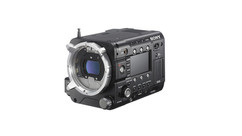The show's first two seasons were centered at East Mississippi Community College, but for the third season, which premiered on July 20, the series moved to Independence Community College in Kansas. The characters may be different, but many of the shooting challenges remained the same. DP Terry Zumalt was generous enough to answer a few questions about how he met them.
Can you give us a little more background on Last Chance U and how you got involved?
TZ: The director, Greg Whiteley, read a GQ article titled "Last Chance U" about Scooba, MS and the EMCC Lions. He knew right away this was a special place. He had just sold his feature documentary Mitt to Netflix, so they teamed up again.
The DP for Seasons 1 & 2, Gabriel Patay, brought me on as the B camera operator. When he left in Season 3, I was asked to take over.
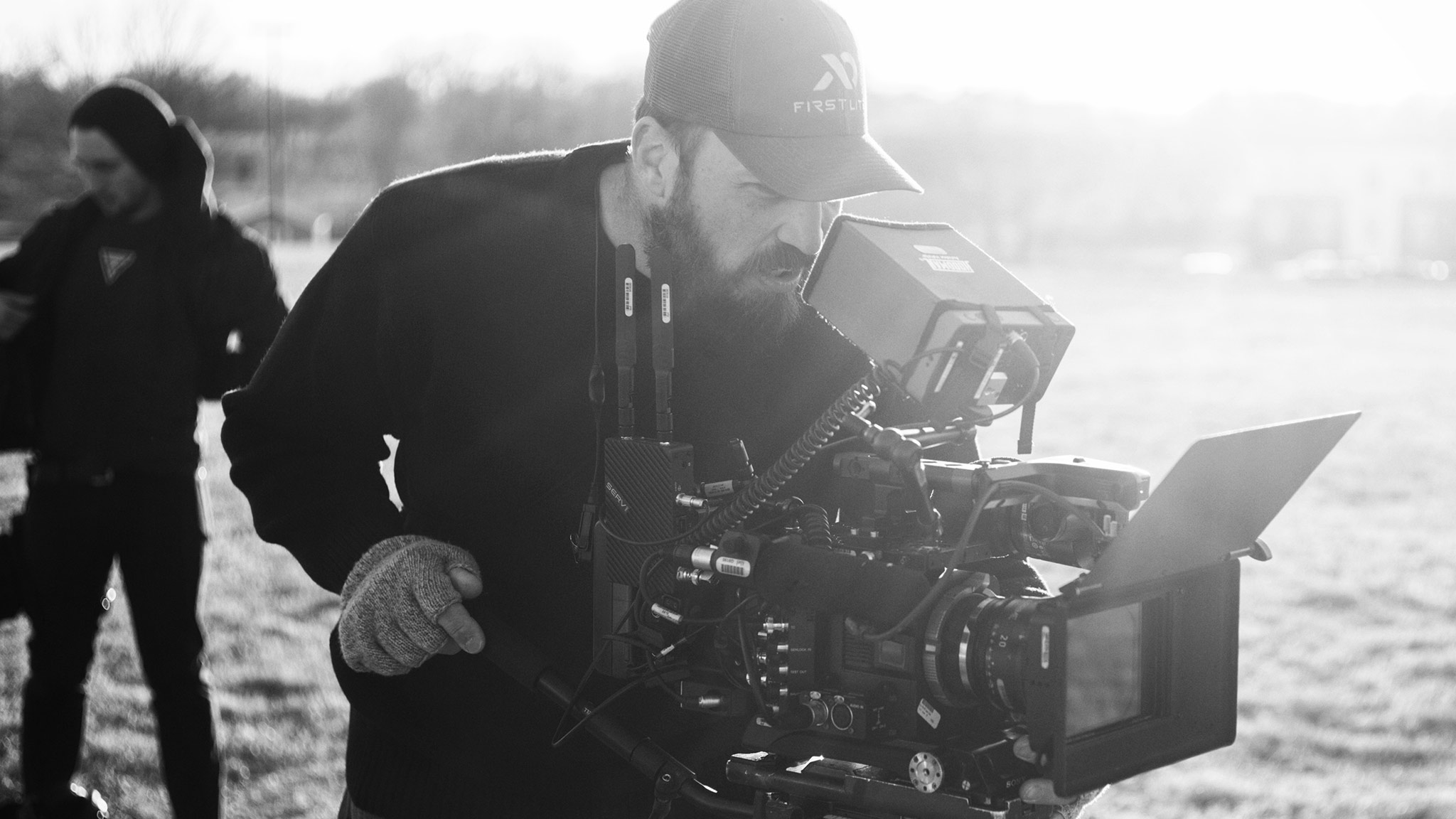
What type of shooting locations are you working with, and what kind of lighting situations are involved?
TZ: Last Chance U is a very interesting project. Most of our day consists of observational filming, either with the coaches in their office or with the players. Filming the players could take us almost anywhere: classroom, locker room, dorm room, trainer's office or, in some cases, into town and into personal homes. Then there is the football stuff. We almost always have either a practice or a game to film, so we have many hours shooting on the practice field or the game stadium.
The only superficial lighting that I added was in the team screening room where they watch film. Unfortunately, it is just too dark to shoot in that space when the lights are off and the projector is on, so I added my own LED light panels in the ceiling that I could turn on quick and have a soft low ambience. Just enough to see their faces. My interview lighting is very simple. I stay very naturalistic and true to the space we are in. We do interviews almost anywhere. I keep an assortment of sizes of LiteGear LiteMats with soft boxes as well as few Arri SkyPanel S60s – with the help of grip gear this covers me in 100% of situations. This keeps us small, light and quick in case we have an impromptu interview.
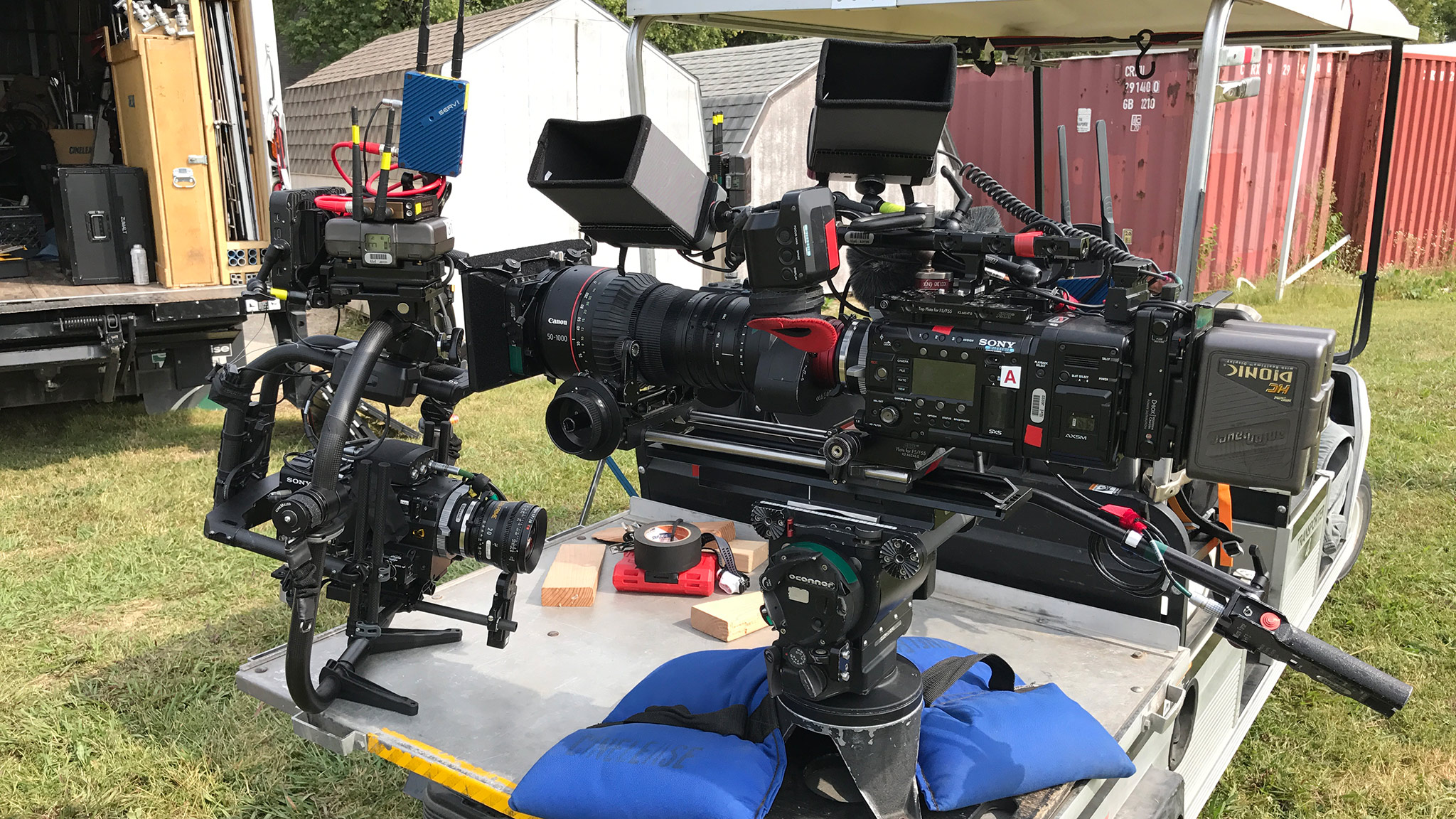
What is your shooting schedule like?
TZ: I operate A camera, and my team and I shoot six days a week. The B camera crew (with operator Luke Lorentzen) and C camera crew shoot five days. It is a hard grind but we realized early on that football is seven days a week!
We are good about scheduling our days so that we don't go over 12 hours, and there is always a light day here or there that helps us catch up on rest. We are always adjusting our schedules each day to what our story priorities are, and we then stagger the crews to make sure we get everything covered. Saturdays are game days, so we have Sundays off. I should add that C camera is a roving unit that I can use as my 2nd camera for interviews, or I could send my operator David Newton out to get B-roll or help cover certain situations. He is also my gimbal operator and switches to gimbal work at practices and games.
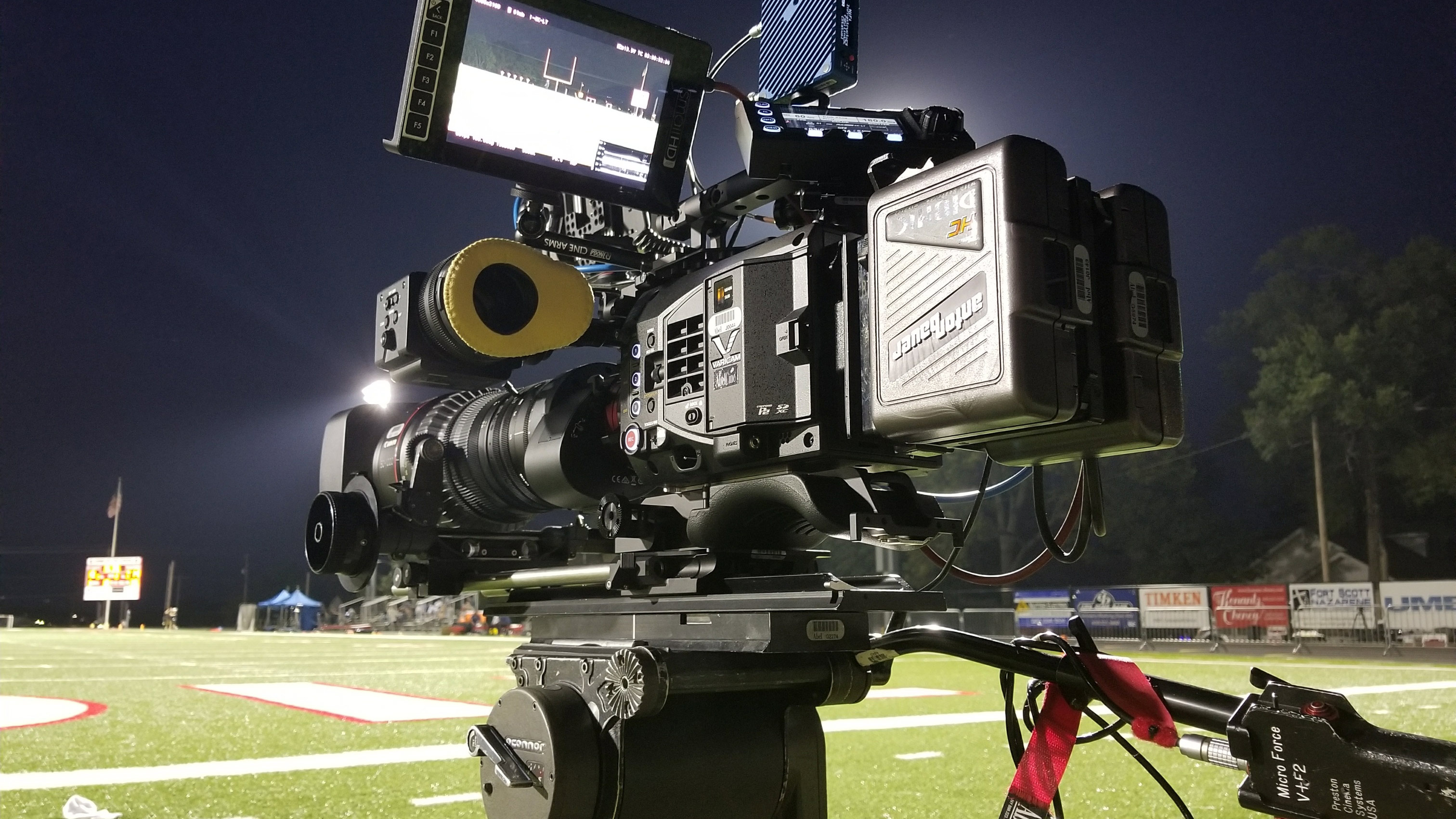
What camera do you shoot with?
TZ: Our primary A/B/C cameras have been the Sony F55 since Season 1. For documentary work, this camera can't be beat. It has every feature built in, and is light, very dependable, and shoots true 4K (Netflix approved!). For Season 3, I was lucky enough to shoot on the new R7 recorder and shot the whole show in the new X-OCN LT format – what a game changer. We shot 16-bit compressed RAW, with the same file sizes as the XAVC codec we shot the years before. This alone future proofs the camera for many, many years.
Gabriel Patay and I have been using the F55 for many years. I have always had great results with it, and when the show was picked up by Netflix it was a no brainer. There weren't many other options for a true 4K doc camera out there. If season 4 gets picked up, I have no intention of changing from the F55.
For game days, we upscaled to around ten cameras. To cover the games we added two end zone long-lens cameras, and I chose the VariCam LT because of its dual ISO. This enabled us to shoot ISO 5000 at 60 fps with a Canon 50-1000mm 5.0-8.9 lens even under the worst junior college stadium lighting. It worked flawlessly, and with our stylized “game look” the cameras match up very well.
We also added four FS7s: two on the sidelines and one positioned high and wide to cover the game in the more traditional televised style. This also leaves one FS7 free to roam through the crowd to get crowd reactions. Meanwhile, the FS5 was used as a static coach's booth camera to get the reaction shots.
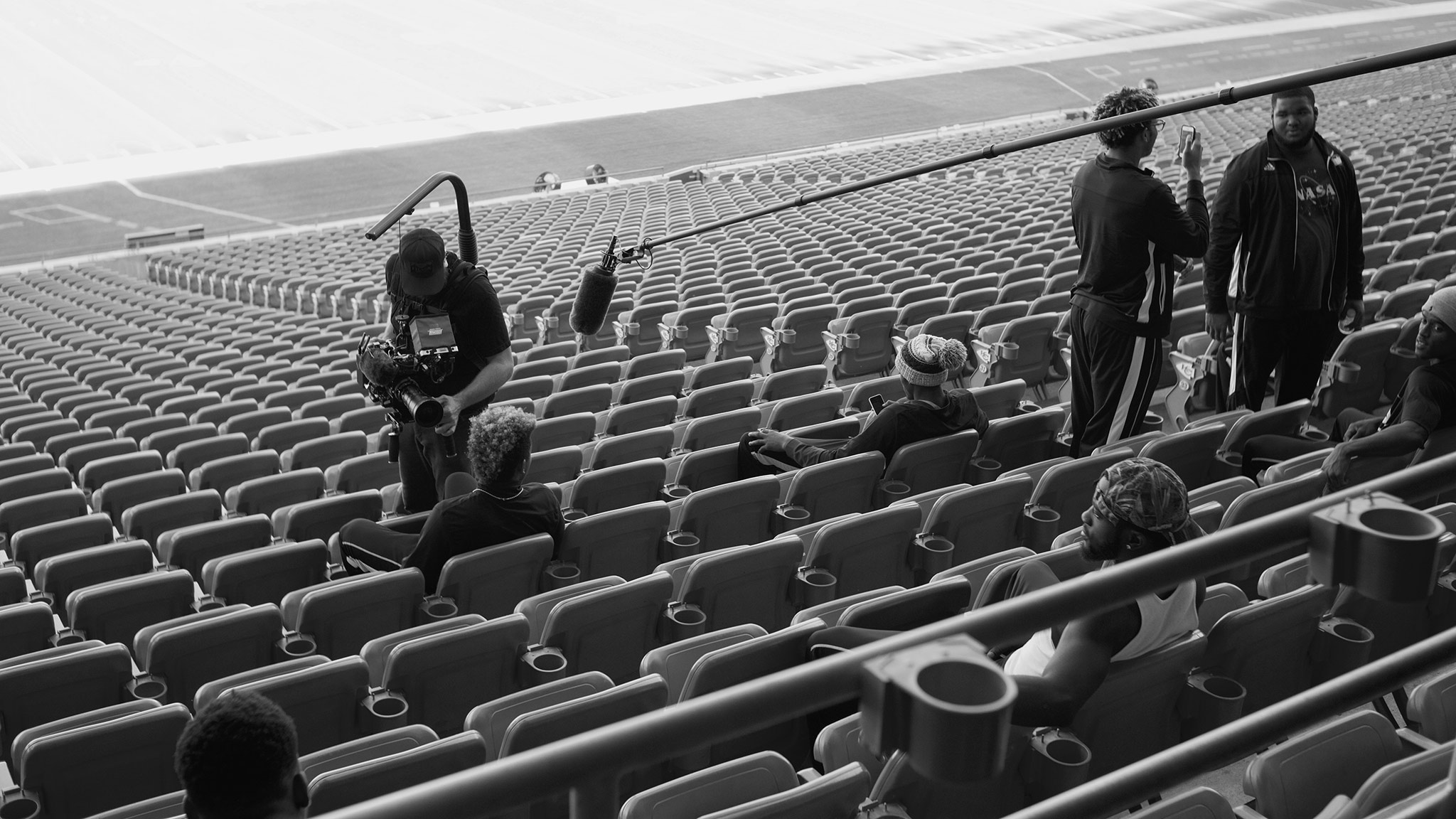
Do you experience specific challenges in regards to the locations or shooting conditions, and did your choice of camera make things any easier?
TZ: As with most documentaries some of the biggest challenges are the ever-changing locations, the uncontrolled lighting, or not even knowing what a location might look like!
The Sony color science with the new OCN-LT codec was a dream during the color grading, since we were able to match almost any situation we found ourselves in. The F55 has many great features, like built in NDs, which help me be fast and nimble no matter where my subject takes me.
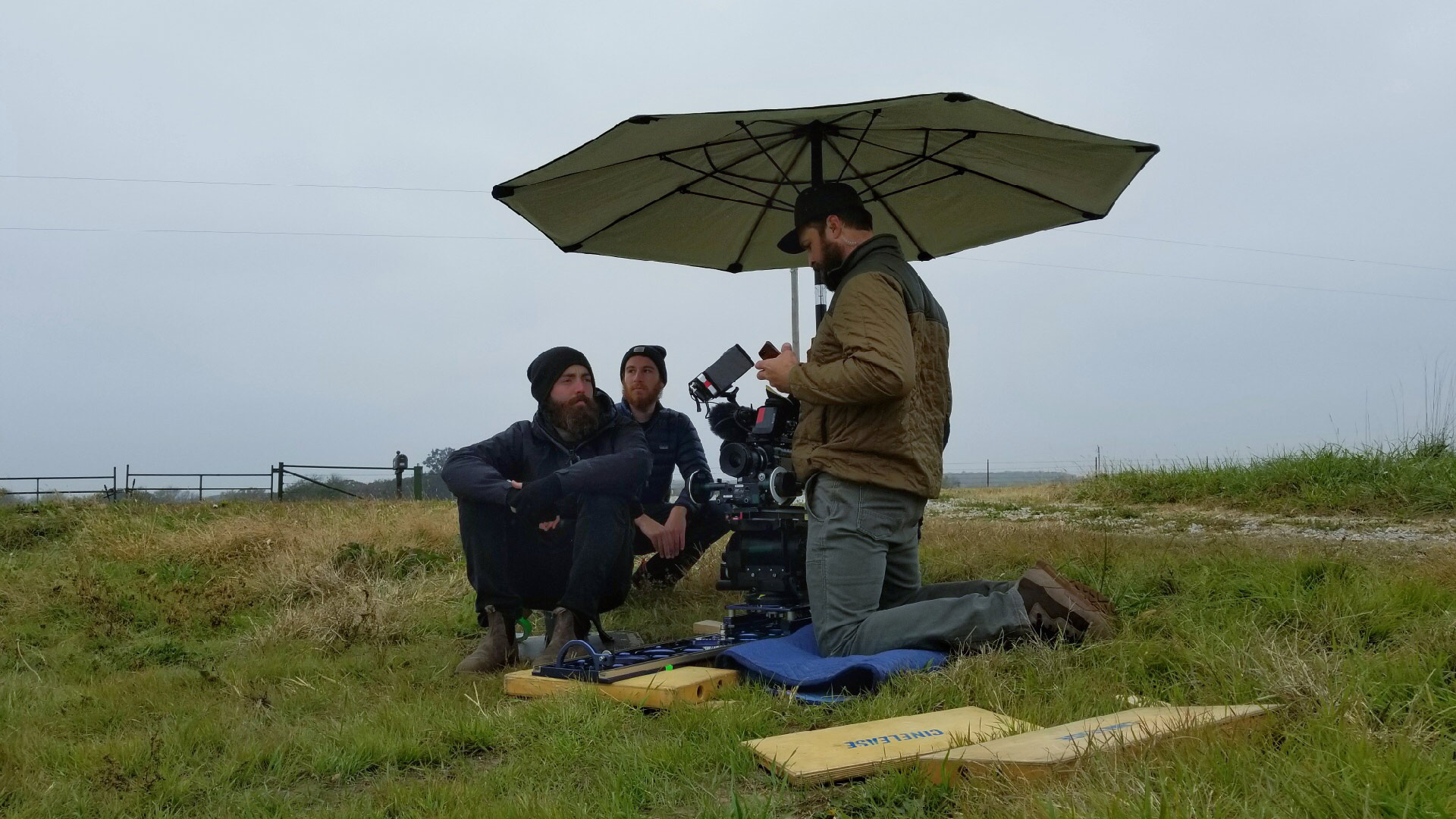
Can you give us some insight into how you rigged/accessorized the camera during shooting? Also, what was your day-to-day workflow like?
TZ: A and B are pretty straight forward: ARRI top plate and handles with spider grips, and SmallHD 502s. Most of my operating is with an Easyrig, or else I am shoulder-mounted on a butt dolly.
We did a lot of MōVI Pro gimbal work. I had a Flowcine Black arm that we could rig to either a car or golf cart for moving shots. But mainly David was using it with a Ready Rig. He would even ride his Segway around chasing football players! He got some amazing stuff that way.
There wasn't much workflow day-to-day. My DIT, Josh Graytek, had a mobile system so he could follow around with us to back up media. Then we had an iMac at the hotel that he would use to copy the footage over to the SSDs, which he would ship back to post in LA. He would also go through and get screen grabs of different scenarios throughout the day and put them online so that I could keep some track of what everyone was shooting and how everything was matching up.
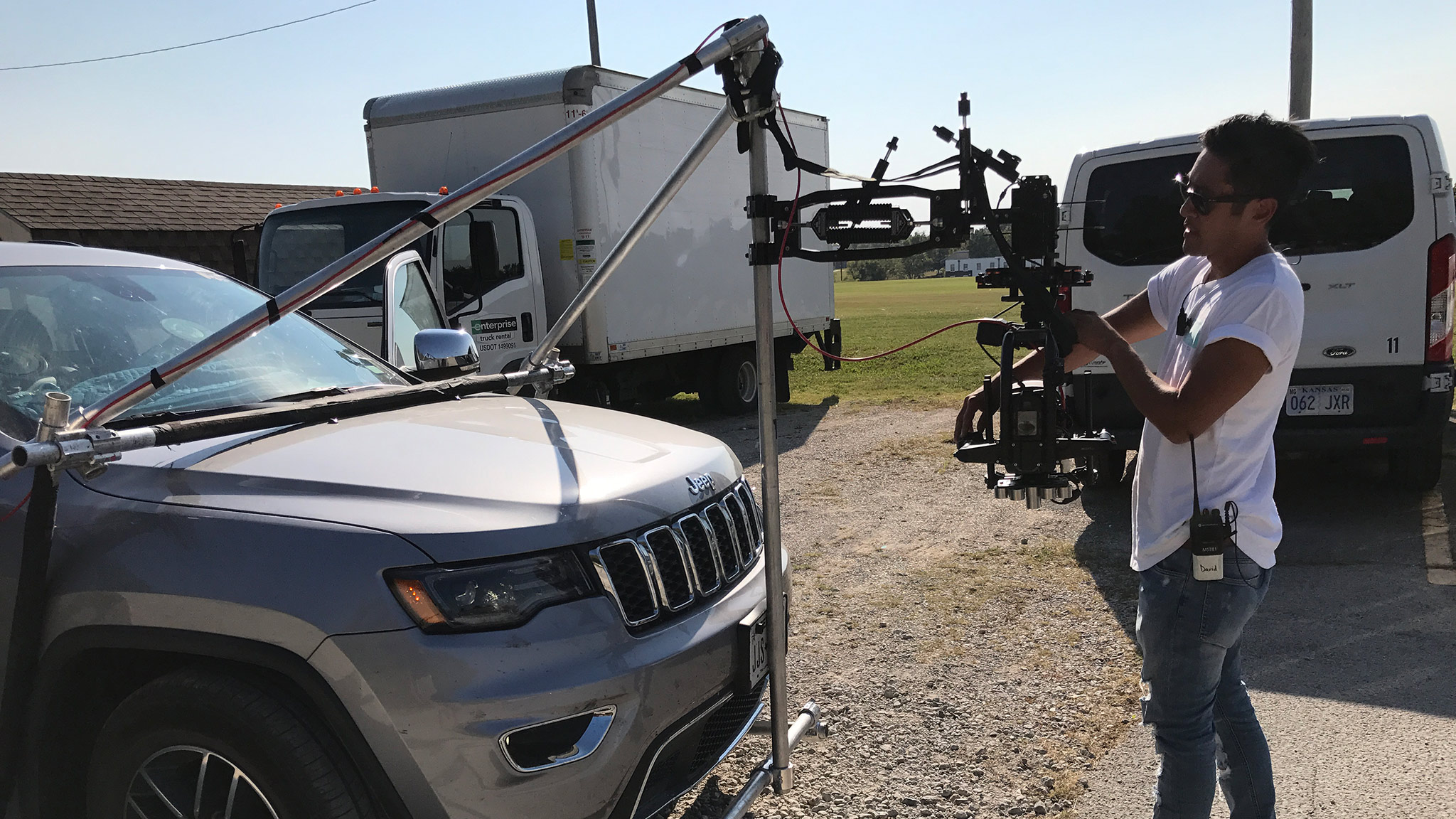
What lenses did you use, and why did you choose them?
TZ: My main day-to-day vérité lens is the Fuji Cabrio 19-90mm without the servo. The Cabrio is such a beautiful lens; it is sharp even wide-open but still has a beautiful cinematic quality to its image. It has become my workhorse lens for sure. It has never let me down in the five or so years I have been using it regularly.
I also have a set of the Sigma Cinema Zooms in my kit. I especially love the new 18-35mm PL zoom. I use these anytime I need a compact camera and lens or I know that I am going into something dark and could use the extra stop; they are also great for car interiors. My main use for them is during game days where A and B camera use them for our sideline coverage of the coaches and players. Our show's aesthetic of choice is to shoot all of the coverage on an 18mm lens. I would prefer a prime lens for this but most of the time we are fighting through a sideline of players in full pads, as well as coaches, to capture certain moments. Sometimes you can't actually get through them to get a shot! Having that little extra bit of zoom has really saved me a few times.
I have a small set of ARRI Ultra Primes as well: 20, 35, 50, 100. These are used almost exclusively for interviews and B-roll shots.
As I mentioned before we have the coolest lens, the Canon 50-1000mm zoom, on our long-lens game cameras. This lens is so incredible for tracking players on the field. It has the range to get an extreme closeup of a player's face, but is also able pull back as the play unfolds and catch all the action.

How did AbelCine get involved in this project?
TZ: I do remember Gabriel Patay telling me he had to look around for another rental house after Season 1 and that when he spoke with AbelCine he couldn't believe the inventory you had to choose from and how easygoing and cooperative you were. You had the whole gamut of gear, from the highest-level cinema equipment to the tiniest rigging piece that we might need. Also, having the retail side of things made it easy for us to get whatever I could dream of asking for.
Another big consideration that we had to take into account is that our show is always shot in a rural part of the country. The first two seasons were in Scooba, MS and season 3 is in Independence, KS. Both of these places are hours from an airport and many hours from any city large enough for a rental house. If we have something break or need something switched out, we need a rental house that's big enough to have the inventory on hand but also the infrastructure to ship it out the same day.
Truthfully, AbelCine has been a dream come true. Gabriel Mays (AbelCine, LA Rental Manager) has done nothing but bend over backwards to help us out and is always there if we need something. My 1st AC Devin Keebler has nothing but positive things to say about the techs working there. I have seen him get very picky with things, and they always do what it takes to make it right. He loves working with and prepping at AbelCine, because you never make us feel like you are too busy for us.
And lastly, what advice do you have for someone looking to make their first documentary / non-fiction project?
TZ: Just start! Do whatever it takes. You don't need the highest-end stuff to get started. Most of the time it will end up going in a completely new direction than you could have anticipated, but you will never know until you start.
If you need to shoot it yourself because you can't afford a crew then get a simple camera that you understand how to operate. The biggest thing is getting out there and connecting with people. That is the only way you will get a story worth telling; you have to be out there living in it.
People always ask us how in the world we make this show. It doesn't make sense from a production stand point; it is just too much shooting and for too long. We shoot six days a week for the entire football season — that is around 13 weeks. So for 13 weeks we are with this team, and eventually we feel like we are a part of the team. This helps us earn their trust. Once you earn their trust, that is when you will get the real intimate pieces of their story. You can't show up every couple of weeks and ask them questions and expect them to open up and invite you into their lives.
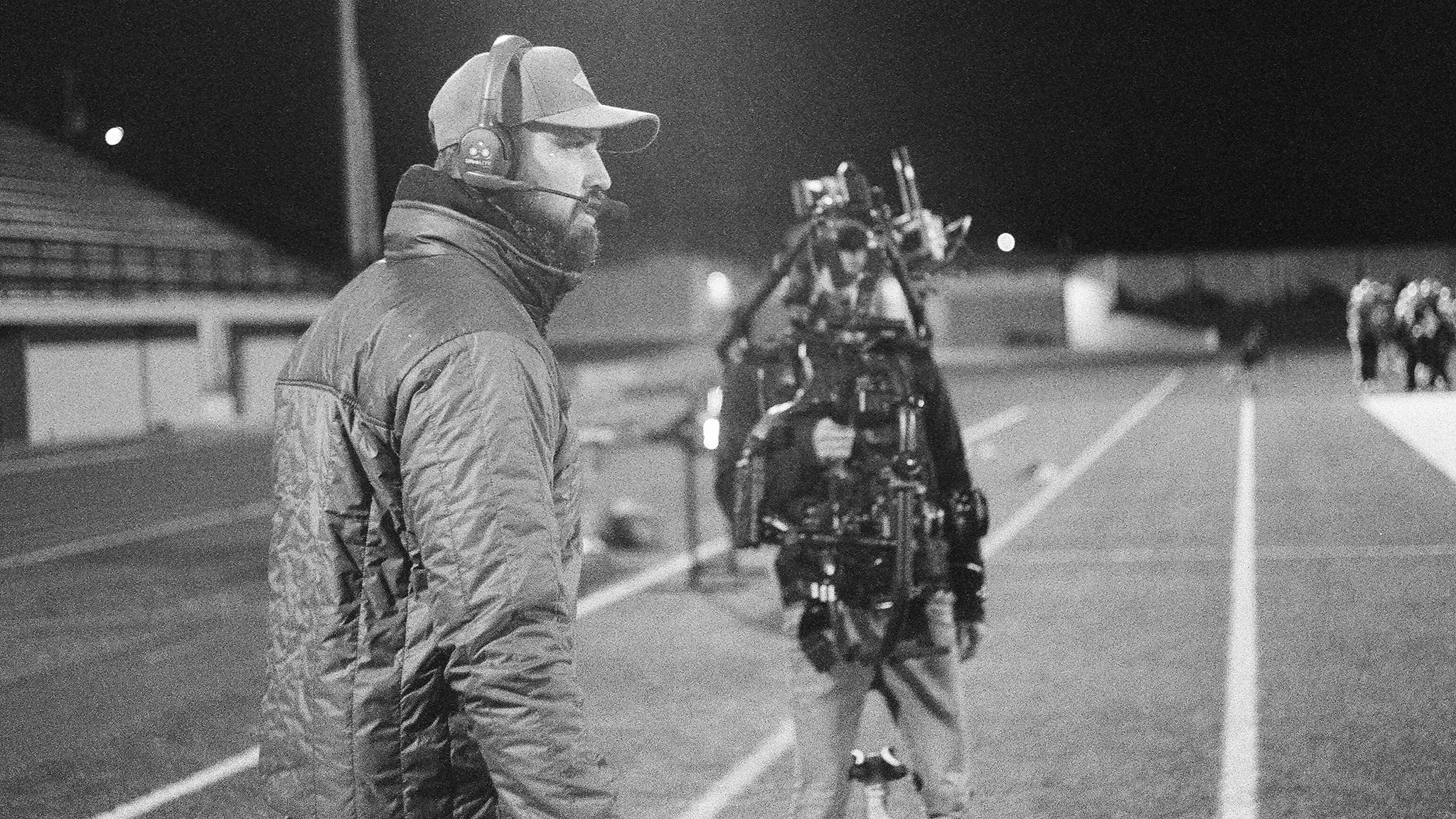
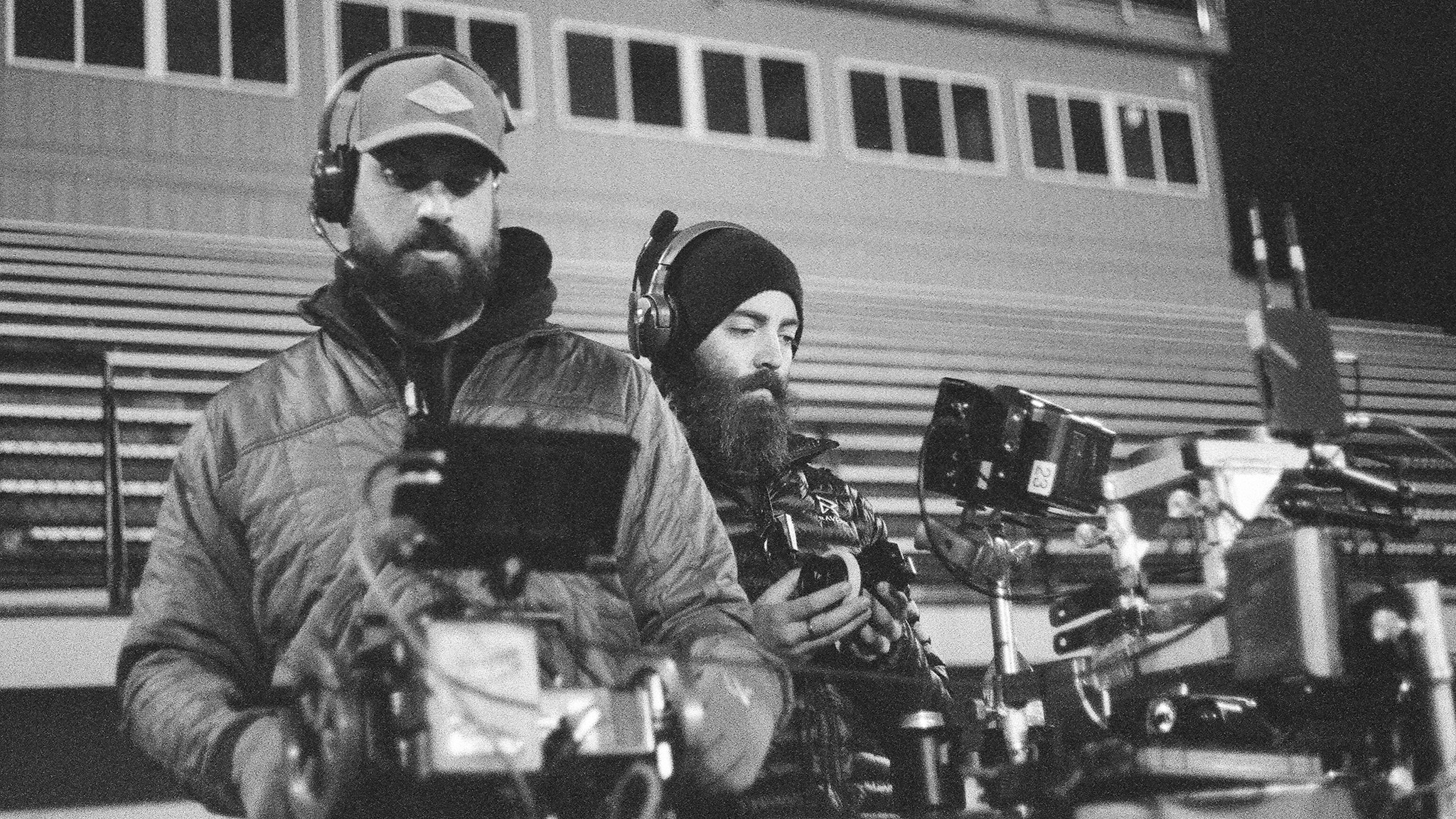
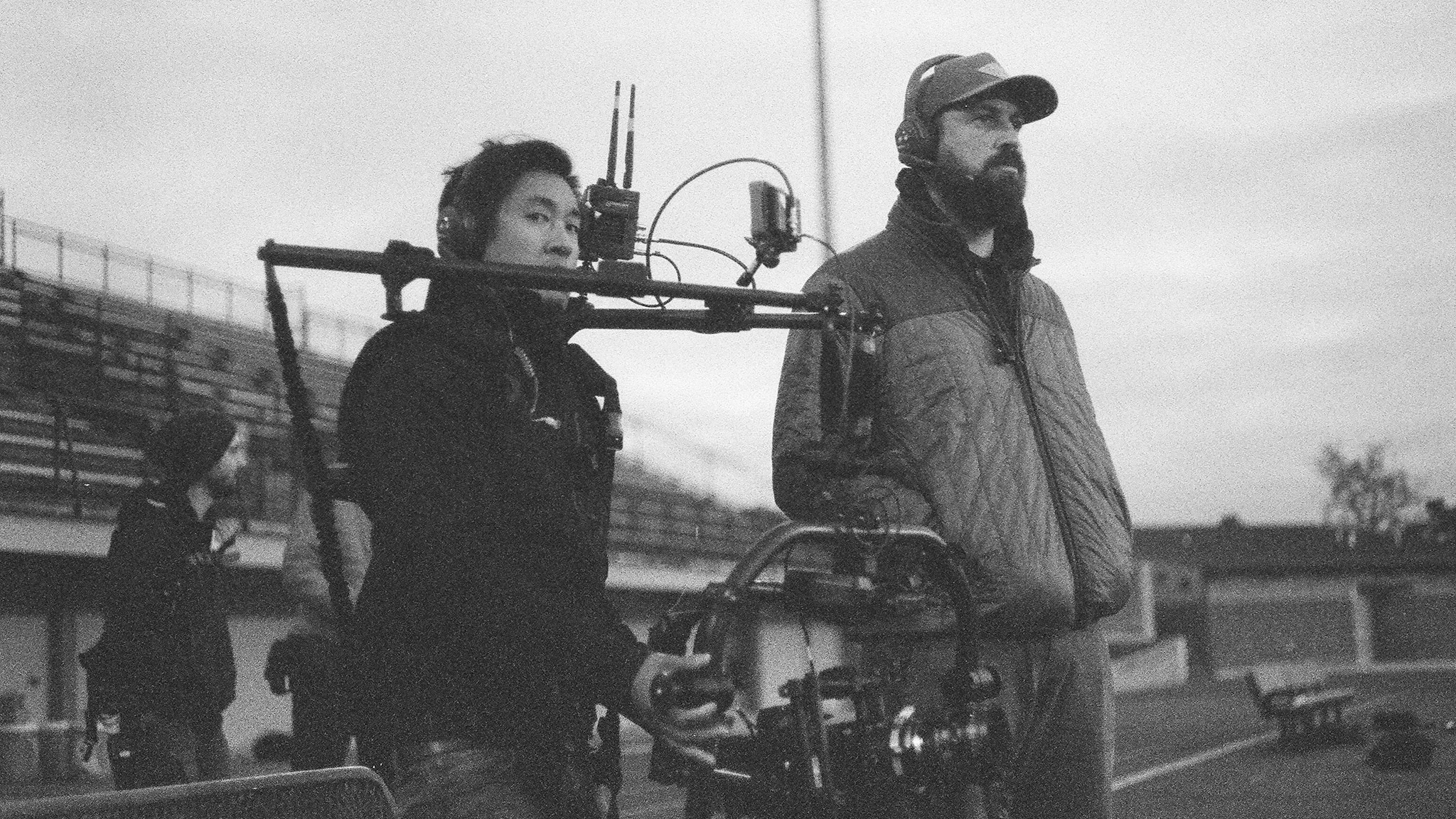
(Responses have been lightly edited for space and clarity. All photos courtesy of Matt Debonis, Devin Keebler, and Terry Zumalt.)
About Last Chance U
Last Chance U is back for another season, and this year, it's a whole new field as the series moves to Independence, Kansas. After years of losing seasons, Coach Jason Brown and the Independence Pirates vie for a spot amongst the best in the Junior College Football ranks. Watch Last Chance U on Netflix now!
About Terry Zumalt
Terry Zumalt is a Los Angeles-based cinematographer with over a decade of experience shooting primarily documentary and narrative projects. He also has an extensive background in music videos and commercials. To see more of Terry's work, visit terryzumalt.com or follow him on Instagram (@terryzumalt).

















